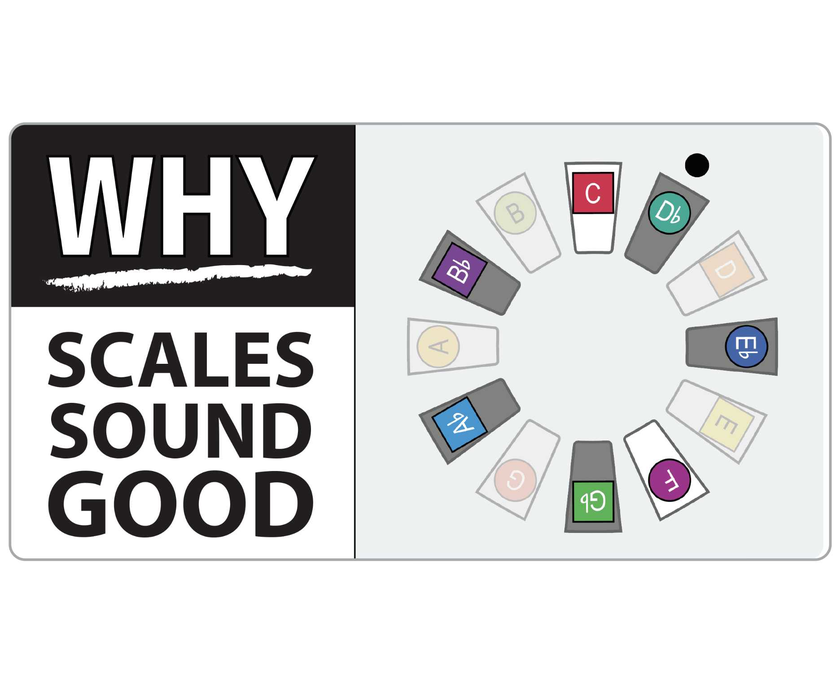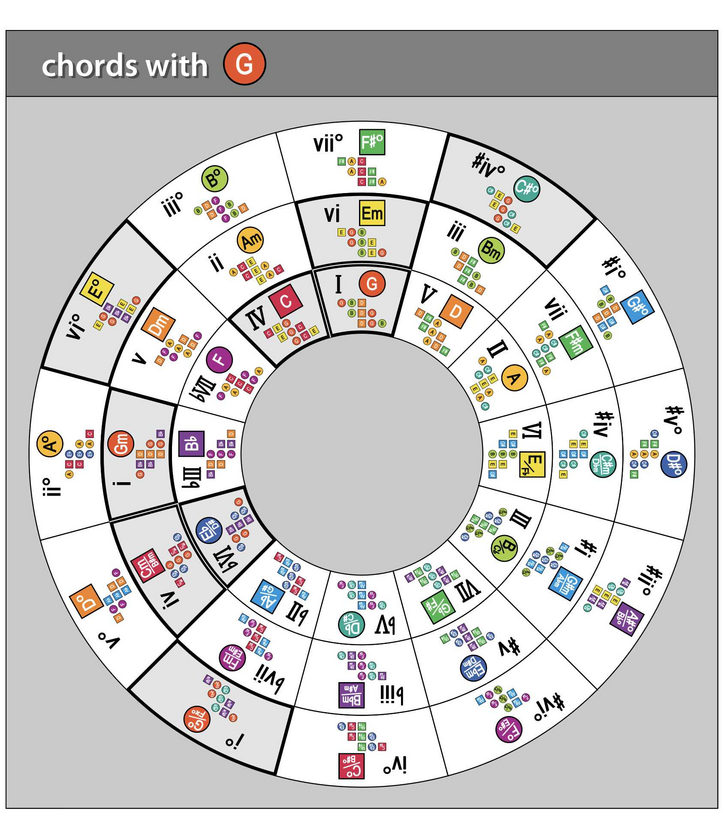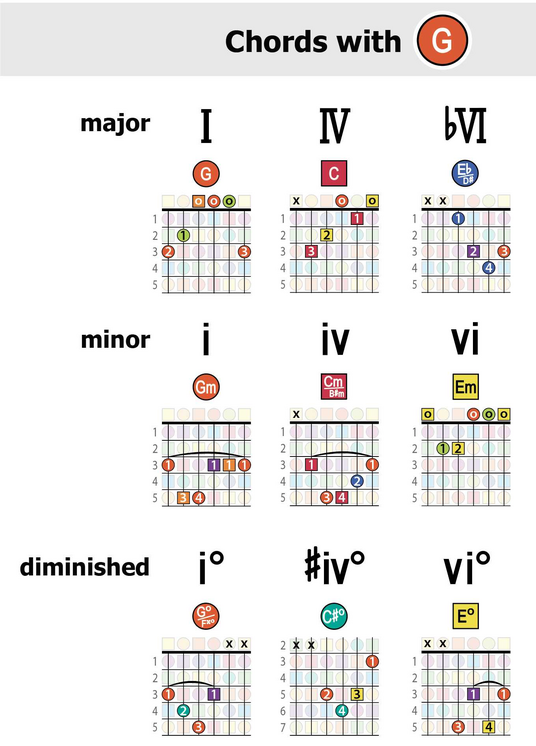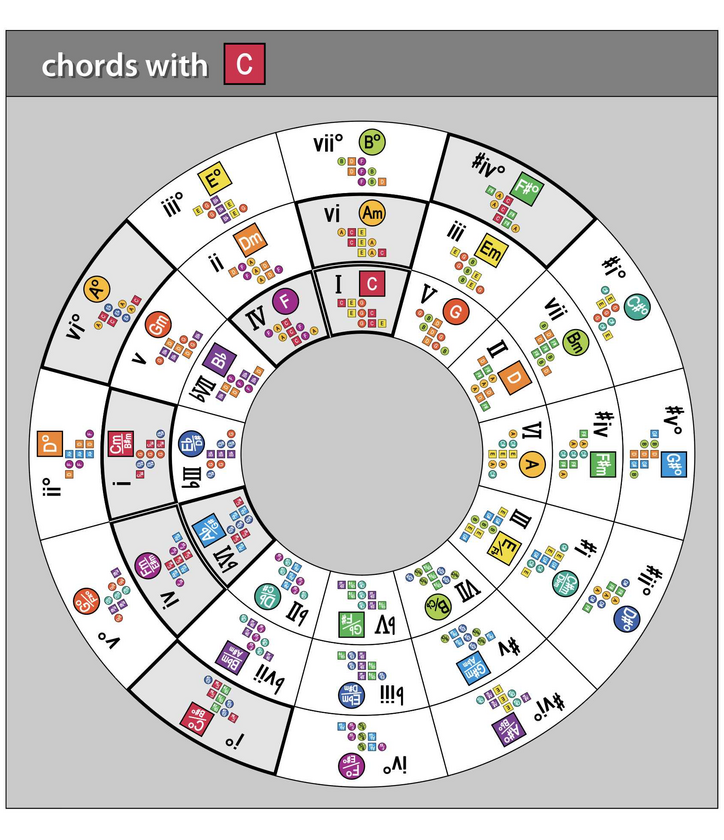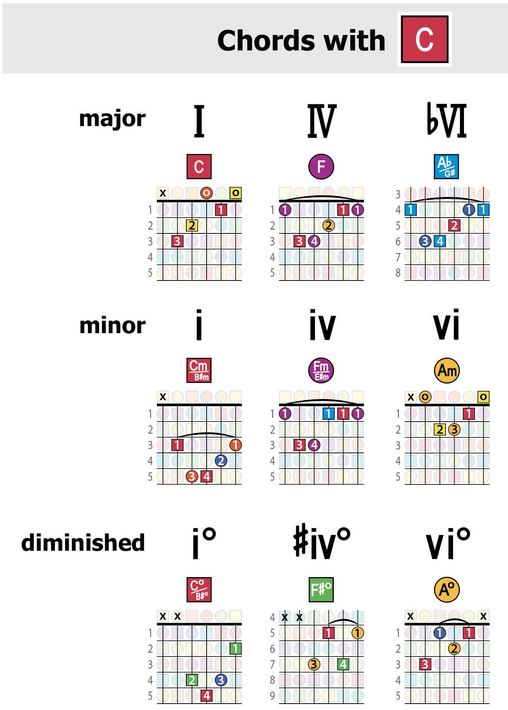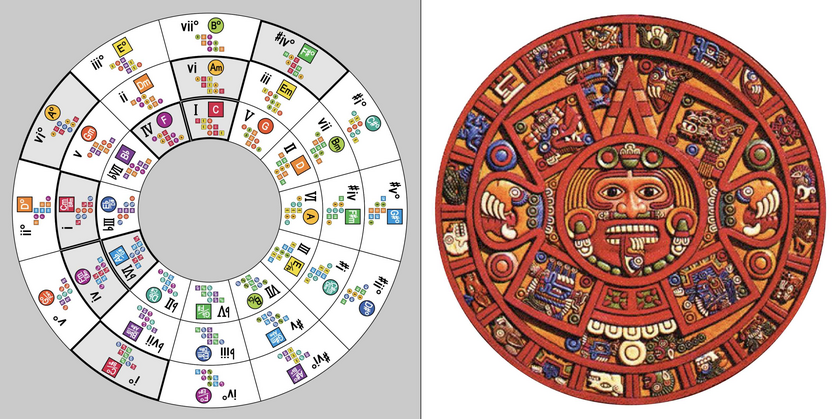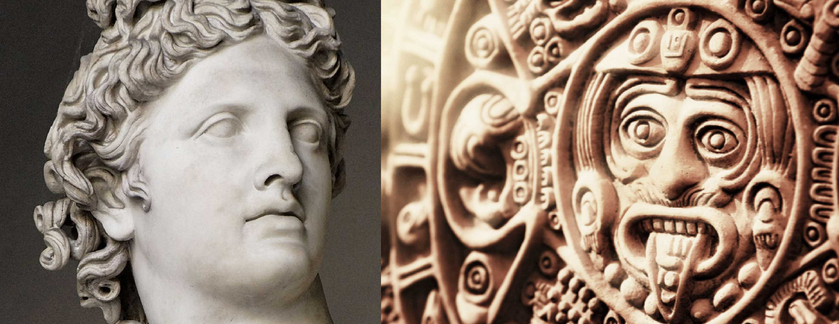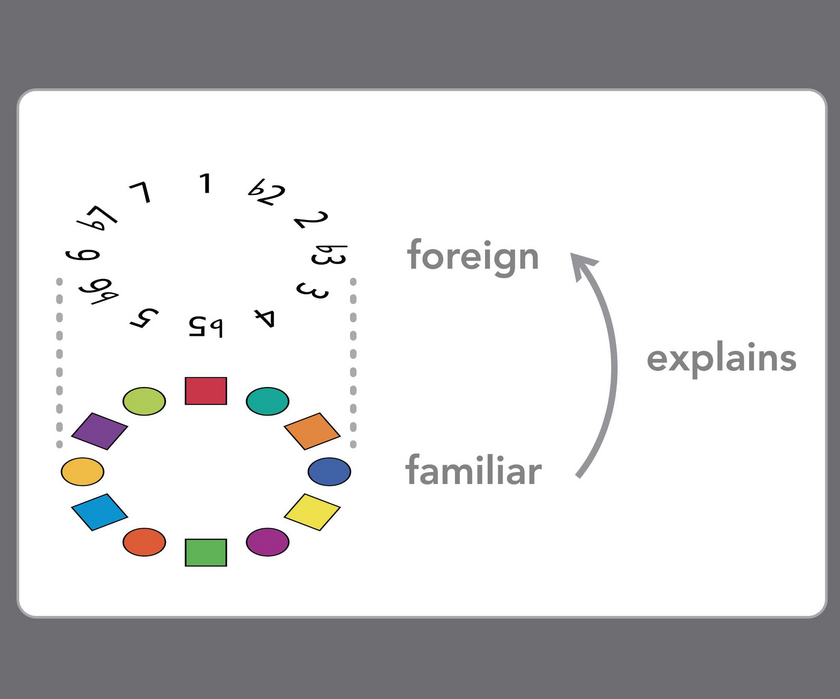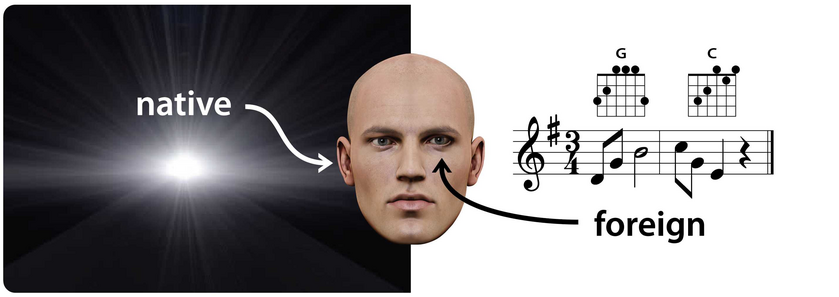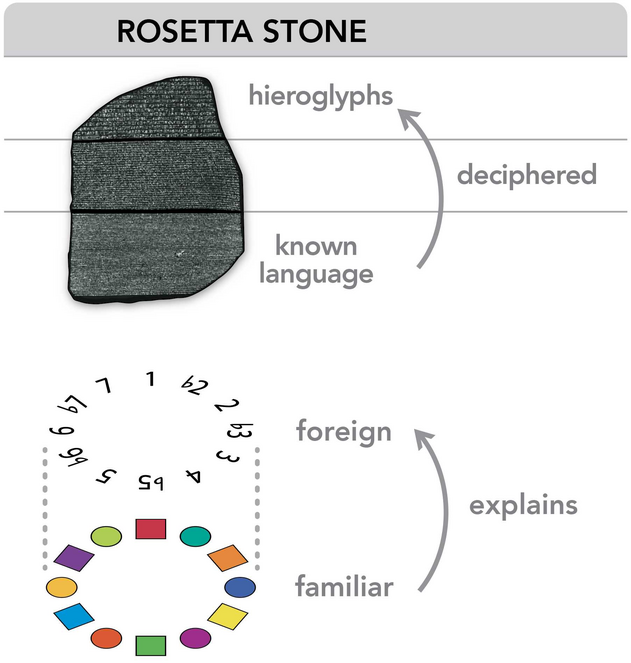Scales are fundamental to music. People tell you to "practice your scales." You spend hours (and years) playing them. But WHY do we need them? And why do they sound good in the first place.
In this video, we look at the answer:
https://youtube.com/live/V9STfLfaTXE
And these diagrams accompany the explanation.
Playing the C major scale, for example, it sounds good right? With its pattern of whole-step (w) and half-step (h) intervals: w-w-h w w-w-h.
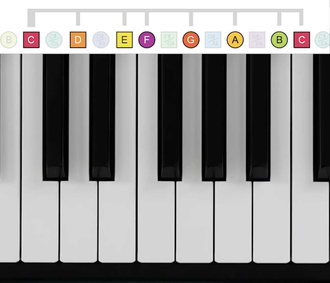
But WHY does it sound so nice? To answer this question, you need to understand the connection between three patterns — or what you might call the “Holy Trinity” of musical patterns:

Most musicians think of these patterns are three unrelated things. But they’re all fundamentally related … since each is just of subset of the last.
Which you can see here, where they’re all illustrated as concentric rings, with the chromatic scale at the center, the major scale around that, and the circle of fifths around the perimeter:
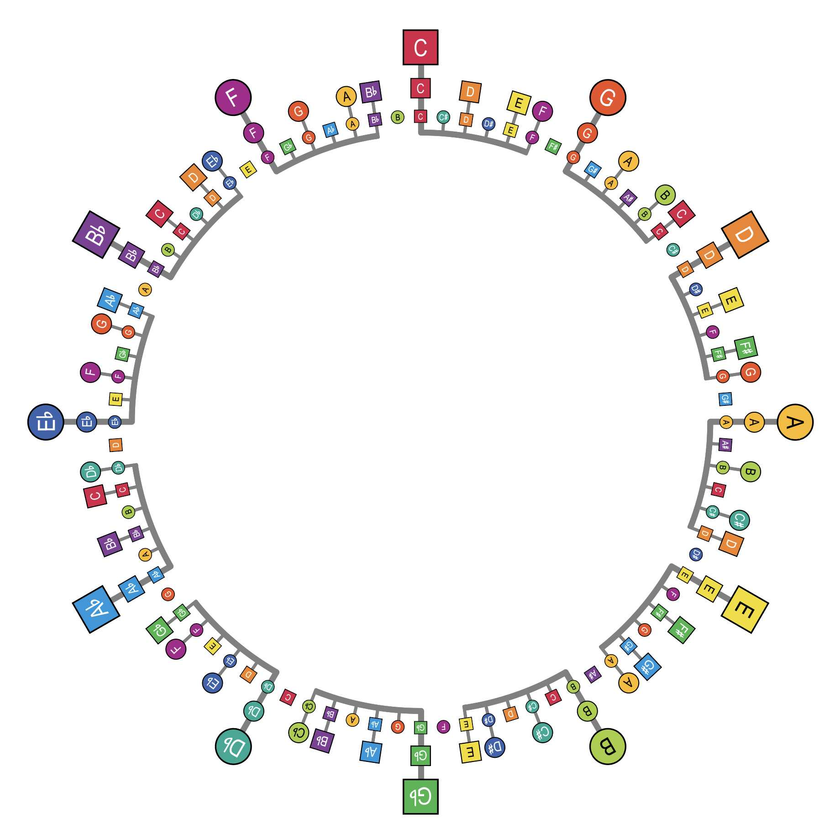
The chromatic scale (or all of the notes arranged in half-step intervals) is the mother of all note patterns — meaning everything in music arises from it, including the major scale, formed by a sequence of whole-step and half-step intervals.
And what’s cool is that the major scales in each key overlap like a daisy-chain pattern … to form one giant ring we call the “circle of fifths” (where each new key starts on the fifth note of the previous key — hence the name).
To see this in a more tangible way, here are the same three patterns, but with the chromatic scale shown as a piano keyboard....
